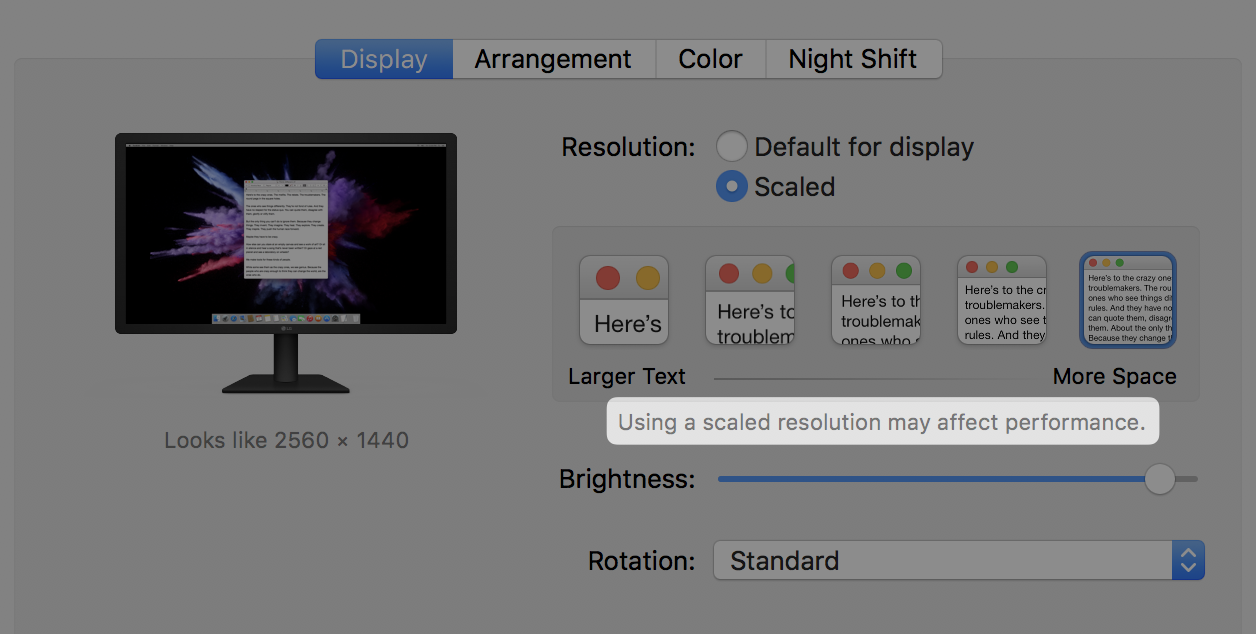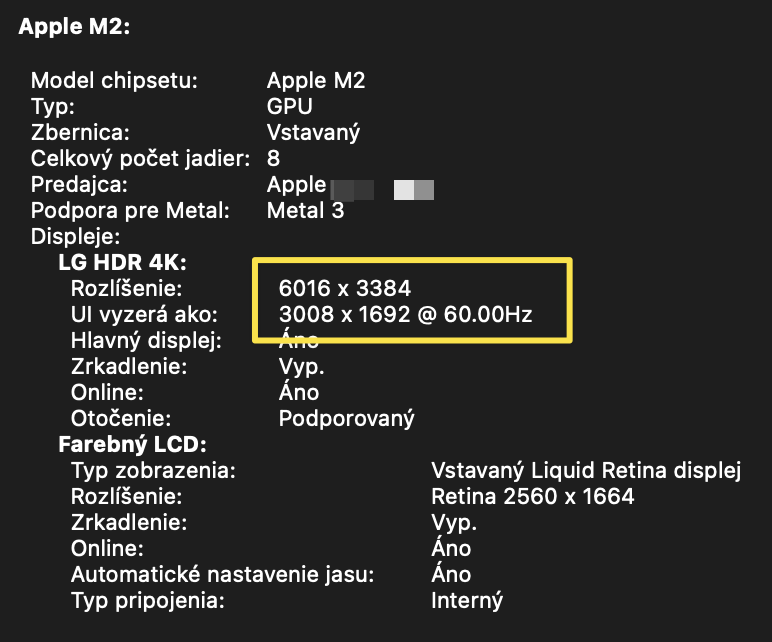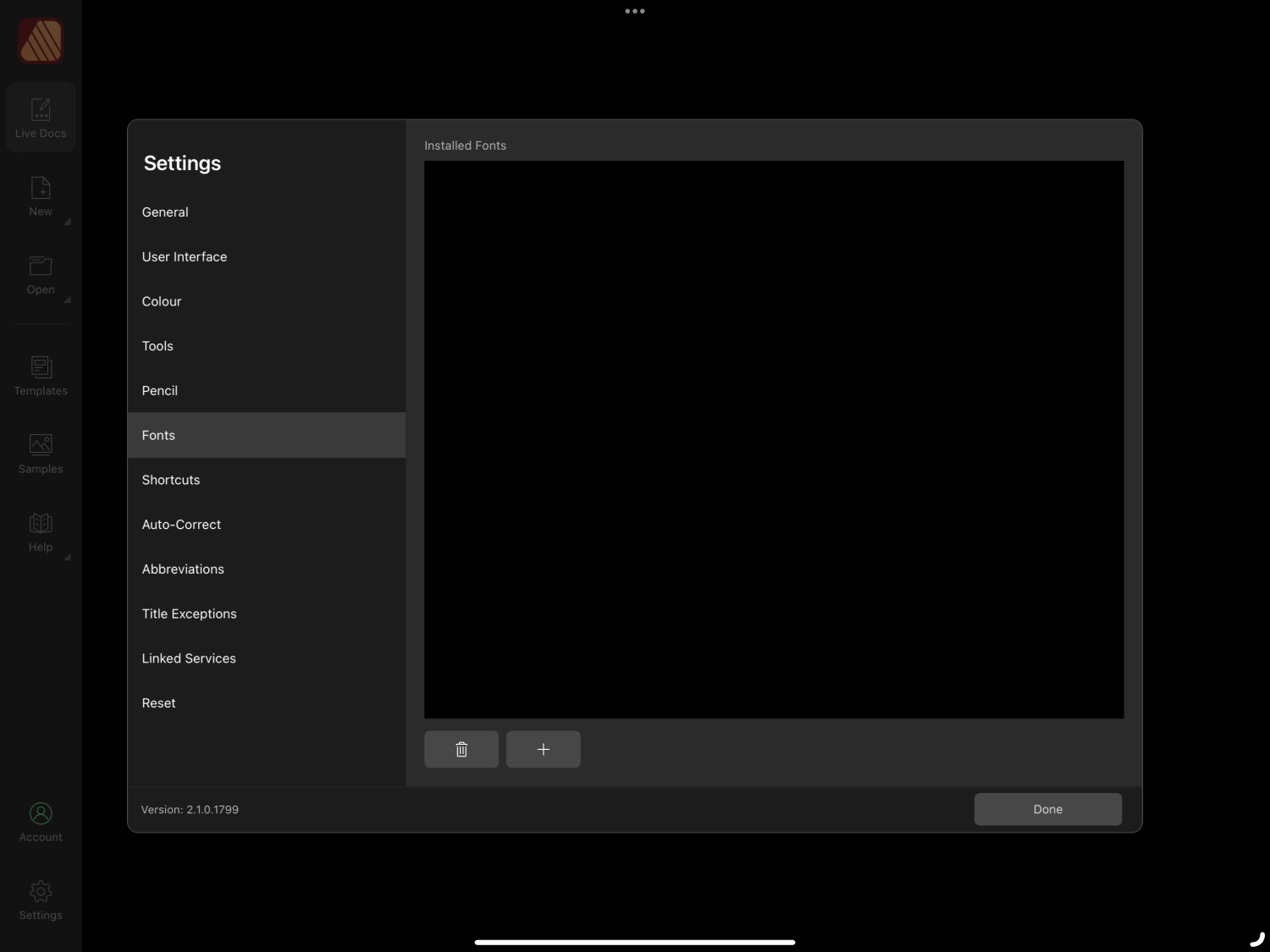-
Posts
20 -
Joined
-
Last visited
Posts posted by snh230
-
-
On 6/23/2023 at 6:56 PM, NathanC said:
Hi @snh230,
The Affinity apps don't currently support stage manager which can result in some unexpected issues with the app when it's enabled such as the one you have described. Support for stage manager will hopefully be added in a future update but it's not something that we can provide a timeframe for currently.
That is most unfortunate that something like this isn't on the roadmap. Especially since Stage Manager is something many use and rely on.
It also means I would be stuck with this horrid lag for a long time, or at least until I'll be driven to give up on Affinity and use another app. I do have my own battles with Affinity software, with its UX being sub-par in many corners. Adding this to the mix makes me consider going back to Adobe since I don't have any issues there.
-
@Bryce, if it's not Affinity as you say, then it's definitely to do with the upscaling factor. Because I'm running a non-native resolution, I noticed several other things on my MBA:
- It heats up much faster for much longer when using resource intensive apps;
- Battery drains much faster as well, compared to doing the same running native resolutions.
It's because macOS cannot run a resolution like mine, so what it does is it upscales to 6k and then divides by 2, giving me the comfortable resolution to work with, but the downside is the performance hit, which Apple warns about when using custom resolutions (so they know):
My resolution:

UI looks like 3008 x 1692, but it has to upscale to 6k first, so a massive performance hit.
-
21 hours ago, Bryce said:
anything else you might be running that might cause this? I don't have any issues with Stage Manager and Affinity 2.11 (or even 1.10) apps. It doesn't seem to matter Intel or Apple. I'm surprised how well they behave with stage manager.
I have no clue. I disabled Tiles, a window manager, but that didn't do it. Any idea what sort of app might cause it?
I had noticeably less lag when I tried the monitor's native resolution (without Apple's upscaling), but then things are too small for me to read, and when I use sidecar with my iPad they are so small I can barely see them.
The only suitable resolution I found for my 4K UHD LG monitor is the resolution I mentioned in my first post. Things look the same for me on both the built-in retina display and the external monitor. I had to choose - to experience severe lag but things become legible, which means no eye strain and no headache, or the opposite, with larger screen space and less lag.
Can't have both, I guess, at least not until Apple releases Sonoma which will allow to use virtually any resolution with custom font sizing.
-
Hi everyone 👋
My specs
MBA 2022
M2 chip
16 GB RAM
1 TB space
macOS 13.4.1
Affinity Suite 2.1.1. + earlier versions
The problem
Whenever I attempt to swap apps I experience severe stutter with Affinity apps only. XD, e.g., doesn't stutter at all, but any Affinity app does, noticing severe slowdowns while the app swaps to another app's place.
Ways to reproduce
- Set a custom resolution;
- Use Stage Manager;
- Load the app (any Affinity app);
- Click anywhere on the screen to minimise the app and bring it back on the screen;
- Observe the lag.
MiscI noticed this happens mainly because I use a custom resolution (3008 x 1692)—best legible for me—and we know macOS works the way it upscales a resolution first to accommodate it to the screen, having to process more, but this shouldn't be a problem for an M2 chip, right? 🥴
I only have this problem with any Affinity app. All other apps render without any noticeable lag/stutter.
Could Affinity apps be better optimised for different resolutions?

-
On 6/16/2023 at 8:43 PM, bug reports only said:
Huh, I’ve never had any luck with Adobe CC fonts on iPadOS outside of Adobe apps. I’m using the same set-up as @NathanC. I’d be very interested to find if they are in fact useable.
I can normally use them in e.g. Apple Mail, Apple Pages, etc.
-
On 6/16/2023 at 6:56 PM, NathanC said:
Strange, I'm not seeing that behaviour, after I install a Font in CC and add some text to a frame using that font (used Bilo to test) it will appear in red as an unrecognised font, after I restart the app and re-enter the document my text has changed to the correct font and i can go into the character panel and change the font without any issues. What about if you create a new document, add a text frame and change the font to Bilo along the context toolbar?
This was done on an M1 ipad Pro running 16.5, what iOS version and iPad model are you using? Also, is there any difference following a reboot of your iPad?
Oh, this is not a bug, just my fault, apologies. The layer was locked, didn't notice that. It's working fine now.
-
-
Having the same. Designer version 1.8.4.4. I'm not on a Beta build.
-
-
If I may, from my experience as a long time Linux user who went back to Windows because of scarcity of design software available for the platform,
I don't mean to be rude or anything but from what I observed the main problem of Linux could be Linux users themselves as there are too many conservatives who would not allow proprietary code on their system. That's what I see as the main issue. Aside from that everyone knows that Linux is much more robust, stable and secure than Windows or Mac but also less marketed than both which is why most companies cater to mainstream platforms to generate revenue.
It's true, that Linux powers governments, banks, schools and many other important institutions. Your websites run on it, your servers run on it, your phones use the Linux kernel, ATM contains software developed on Linux and I could go on, but again, the main problem I see is the Linux community itself. Mac is a closed platform, period. Windows same, which is why it's easier to target them.
The way I see it there are only 3 options:
- get a Mac
- run WINE, PlayOnLinux or a virtual machine with Windows
- dual boot with Windows where you do your work on Windows and general computing for security and privacy on Linux
-
Agreed. Also allowing to select multiple by either CTRL + click or drag with the mouse to create a selection would be super helpful.
- DB1995 and Mario Michetti
-
 2
2








Serious performance drops when swapping apps using custom resolutions
in V2 Bugs found on macOS
Posted
Thanks for the suggestion! Before I read it I modified all system settings I could find to accommodate my external screen's native resolution (increased font sizes where I could) so I could use that and now I'm experiencing significantly less lag since macOS doesn't have to deal with a scaled resolution constantly. It turns out going with a native resolution whenever possible does bring significant benefits with it, from less stutter to less overheating and battery drain.